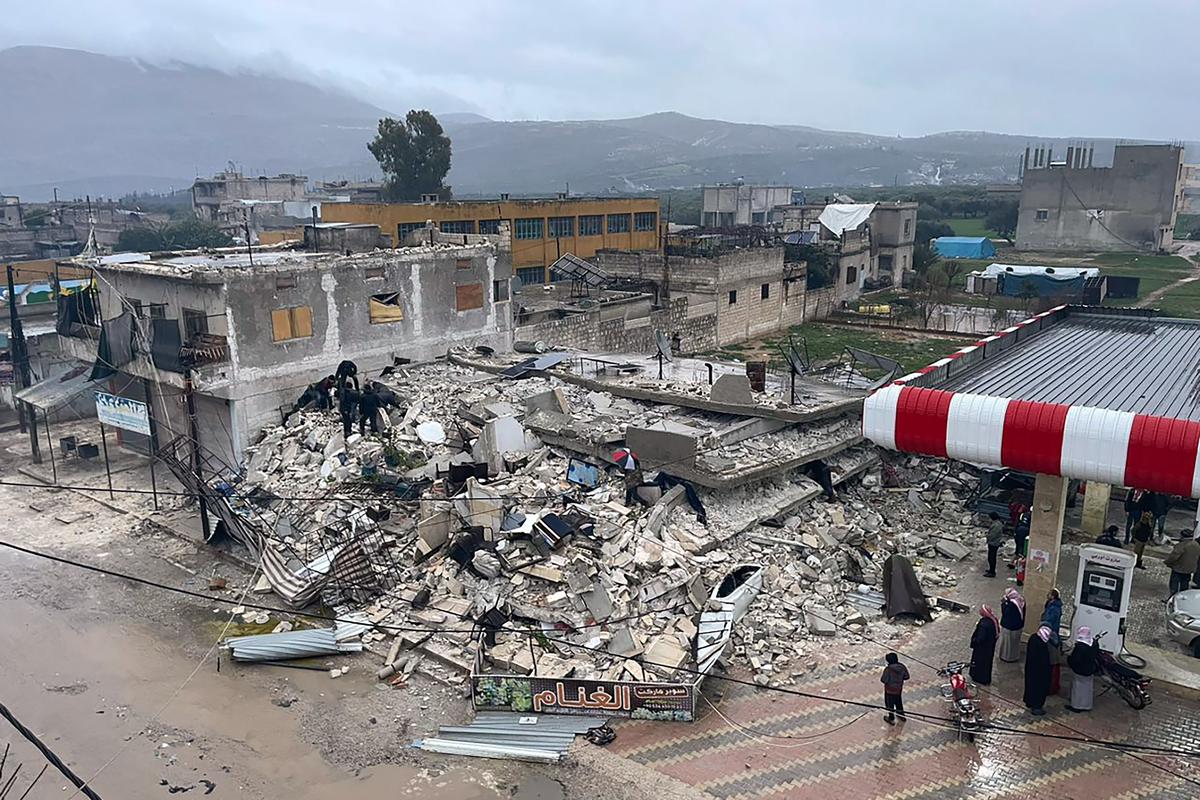The death toll from a strong earthquake in south-eastern Turkey, near Syria’s border, could rise eight-fold, the World Health Organisation has warned.
The toll, which currently stands at more than 3,400 people, has increased rapidly since the first earthquake struck early on Monday morning.
About 12 hours later, a second powerful tremor hit further north.
Rescuers have been combing through mountains of rubble in freezing and snowy conditions to find survivors.
The US Geological Survey said the 7.8 magnitude tremor struck at 04:17 local time (01:17 GMT) at a depth of 17.9km (11 miles) near the city of Gaziantep.
The second quake – triggered by the first – had a magnitude of 7.5, and its epicentre was in the Elbistan district of Kahramanmaras province.
Many aftershocks are still being felt across the region.
The number of dead and injured from both Turkey and Syria has increased rapidly throughout Monday.
The WHO has warned that those numbers are likely to increase as much as eight times, as rescuers find more victims in the rubble.
“We always see the same thing with earthquakes, unfortunately, which is that the initial reports of the numbers of people who have died or who have been injured will increase quite significantly in the week that follows,” the WHO’s senior emergency officer for Europe, Catherine Smallwood, told AFP.
Many of the victims are in war-torn northern Syria, where millions of refugees live in camps on both sides of the border with Turkey. There have been dozens of fatalities reported in rebel-held areas.
Thousands of buildings across both the countries have collapsed, and several videos show the moment they fell, as onlookers ran for cover. Many buildings that were as large as 12 storeys high are now flattened, roads have been destroyed and there are huge mountains of rubble as far as the eye can see.
Among the buildings destroyed was Gaziantep Castle, an historic landmark that has stood for more than 2,000 years.
The BBC’s Middle East correspondent Anna Foster, reporting from the Turkish city of Osmaniye, near the epicentre, described a devastating scene.
“It’s absolutely pouring with rain which is hampering the rescue efforts. There is no power at all in the city tonight.


